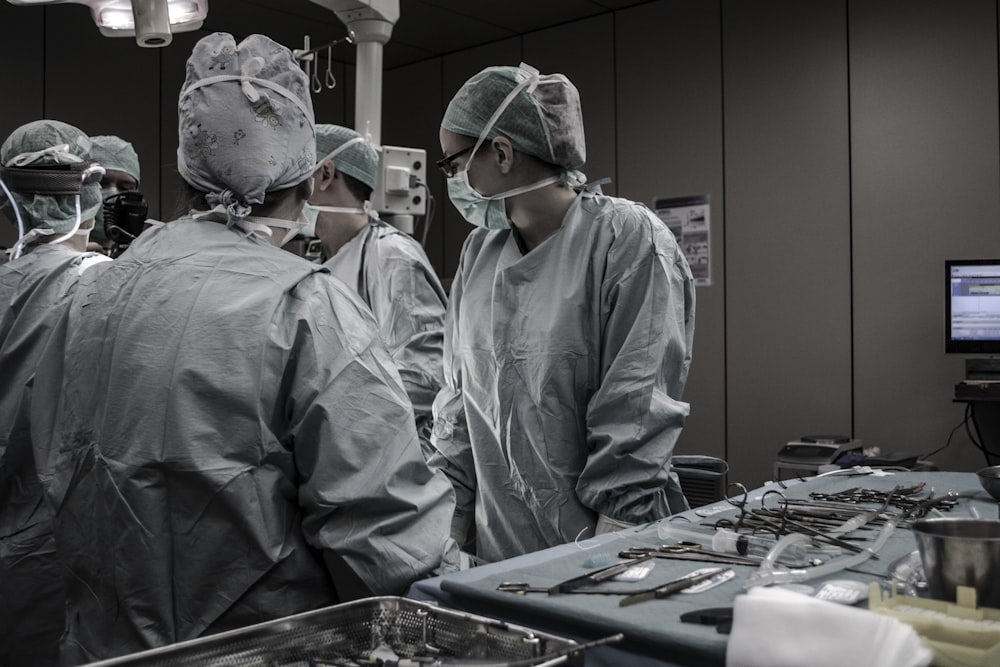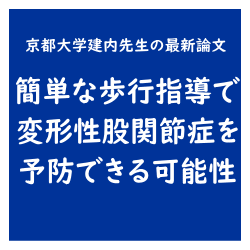目次
理学療法士は人工関節全置換術後に何をアウトカムにすべきか?
Arthroplast Today. 2017 Oct 9;4(1):113-117. doi: 10.1016/j.artd.2017.08.003. eCollection 2018 Mar.
Physical therapists collect different outcome measures after total joint arthroplasty as compared to most orthopaedic surgeons: a New England study.
Imada A, Nelms N, Halsey D, Blankstein M.
理学療法士が人工関節全置換術例の術前後で何かしらのアウトカムを用いて評価を行うことは多いと思います.
よくなったと一言で言っても,理学療法士の視点によってクライアントが良くなったと感じる場合と良くなっていない感じない場合もあるでしょう.
理学療法士は人工関節全置換術前後にどのようなアウトカムを用いて評価を行っているのでしょうか.

研究の背景・目的
Following total knee and hip arthroplasty, patient progress can be assessed with patient-reported outcome measures (PROMs) and performance-based outcome measures (PBOMs). The American Joint Replacement Registry 2016 guide recommends collecting several measures, including Patient Reported Outcome Measure Information System Global, Knee Injury and Osteoarthritis Outcome Score Jr, and Hip Injury and Osteoarthritis Outcome Score Jr. This study aimed to assess the current and anticipated use of PROMs and PBOMs by New England physical therapists.
人工膝関節全置換術・人工股関節全置換術後のクライアントに対しては患者立脚型の評価と,パフォーマンスベースのアウトカム評価が行われることが多いです.
整形外科領域で見ると,アメリカ人工関節置換術登録機関では,Knee Injury and Osteoarthritis Outcome Score Jr,Hip Injury and Osteoarthritis Outcome Score Jrがアウトカム指標として用いられております.
この研究では最近のニューイングランドの理学療法士による患者立脚型評価とパフォーマンスベースのアウトカム評価を調査することを目的としております.
研究の方法
An online survey was conducted in July and August of 2015 asking physical therapists in New England to rate their current and anticipated future use of PROMs and PBOMs in terms of clinical decision making associated with the treatment and care of patients after total hip and knee replacement.
2015年6月と8月に人工股関節全置換術および人工膝関節全置換術例における治療やケアと関連する患者立脚型評価とパフォーマンスベースのアウトカム評価を明らかにするために,オンライン調査を行っております.
研究の結果
There were 122 responses. The most often used and recommended PROMS were the Numeric Pain Rating Scale (99.2% and 97.5%, respectively) and Lower Extremity Function Scale (76.2% and 77.0%). There was significant variability in the use of different PBOMs, but the most often used and recommended were the Timed Up and Go (93.4% and 85.2%) and the Single Leg Balance Test (90.2% and 87.7%).
122の回答がありました.
最も多く用いられており推奨されていた患者立脚型の評価としてのNumerical Rating Scaleであり,下肢機能スケール(LEFS)の使用頻度も7割を超えておりました.
一方でパフォーマンスベースのアウトカム指標にはその使用にバラツキがあり,最も使用頻度が高く使用が推奨されていたのはTimed up & Goテストと片足バランステストでありました.
研究の結論
This study suggests that orthopaedic surgeons and physical therapists use different PROMs and PBOMs for postoperative assessment of total joint patients and highlights the need for more collaboration and consistency between these disciplines.
この研究結果から整形外科医と理学療法士では異なる患者立脚型評価およびパフォーマンスベースの評価を行っていることが明らかとなりました.
感想
確かに整形外科医と話をしていても,やはり見るところがわれわれとは違うなということはよく感じます.
専門性が異なるので違っていて当然だと思いますし,それでいい気がしますが,共通言語として何かしら統一した指標を用いて評価が行えるとよいのでしょうね.
日本で言えば患者立脚型評価としてはJKOMとかJHEQなんかが整形外科医・理学療法士間で共通したアウトカム指標になると思いますが,考えてみるとパフォーマンスベースの評価で整形外科医・理学療法士間で共通したアウトカムって何だろうと思ったりします.







コメント